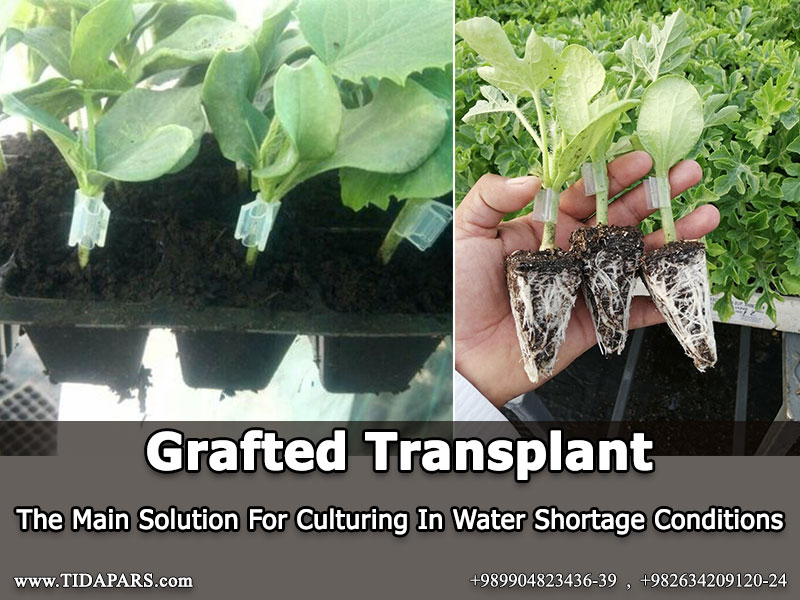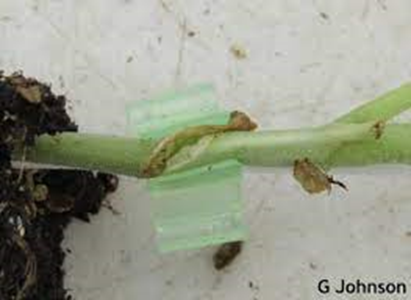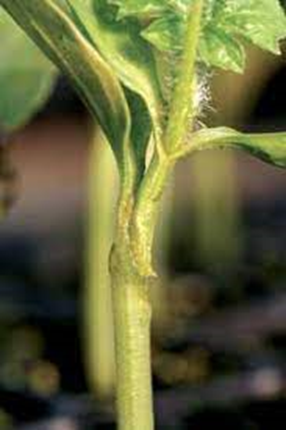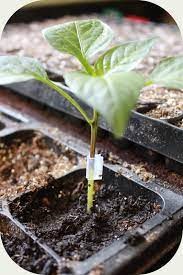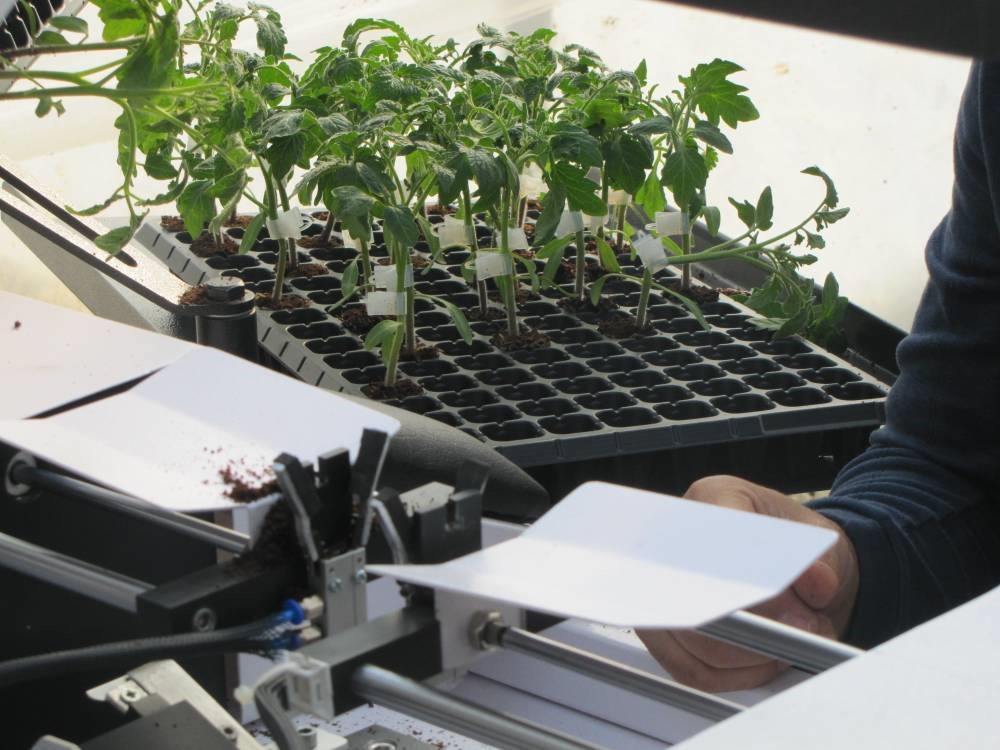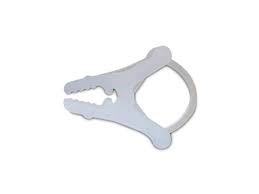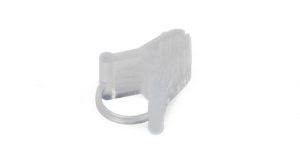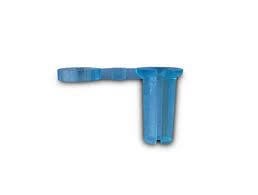Grafted transplant like normal grafting, defines graft includes the stem of a plant (scion) to the root of another plant (root stock). Vegetable grafting was initially done by grafting watermelon on squash to reduce the incidence of Fusarium disease in Japan and Korea.
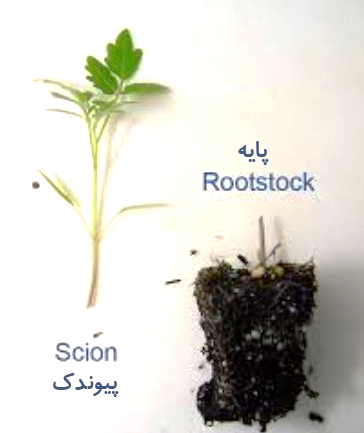
In the two decades of the 1960s and 1970s, the first grafting of succulent plants and tomato, by observing cell division and anatomical changes at the graft unite, established a time period for graft formation.
Mechanism of graft formation
At first, after the graft, the damaged cells collapse and the intact and healthy cells stick to the opposite tissue near the unite of the grafted plant. This contact is strengthened over time and the cells fuse together. Polysaccharides, including pectin, are deposited at the graft unite and provide strength. At the same time, cell division produces a mass of cells and the process of graft fusion continues with the formation of callus.
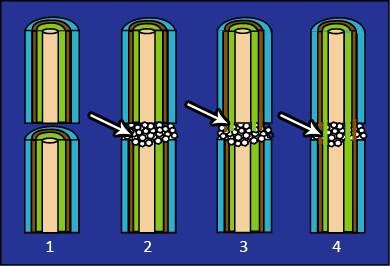
Compatible-incompatible graft
The initial grafting research has been in two areas of grafting compatibility, including selection of appropriate rootstock, grafting technique and post-grafting maintenance, as well as resistance to diseases such as Fusarium.
In response to the key question of what plants can be successfully grafted together, the types of compatible and incompatible grafts are known. Cell division, callus formation, differentiation into phloem and xylem include the initial reactions of compatible grafting. This is while incompatible grafts exhibit only some of these (cell division and callus formation occur, but adhesion strength is lower and phloem-xylem differentiation may not occur.
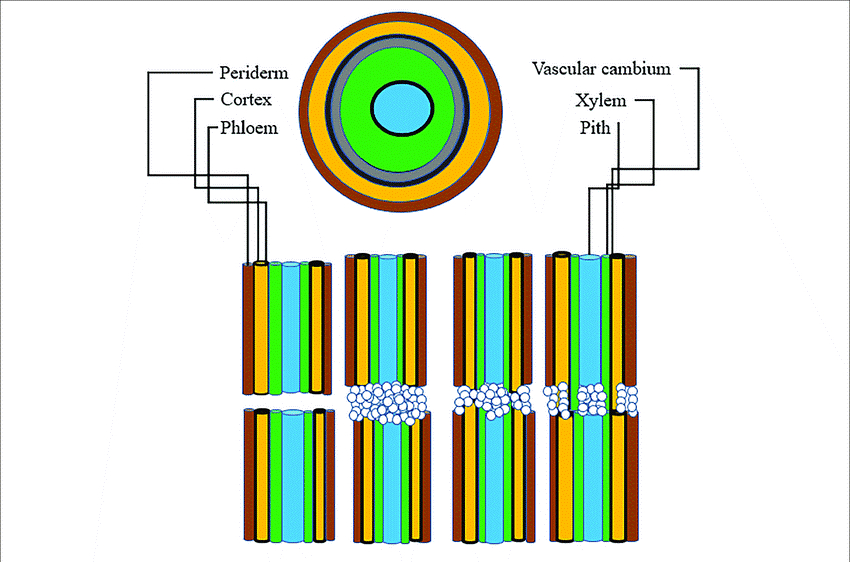
Clamping at the graft union:
Growers usually increase physical pressure around the graft to achieve successful grafting by using a clip or by tying tape around the graft. In addition to holding the scion and scion together, this technique may mark callus divisions and physically limit differentiation.
Graft in vegetables:
More than 1 billion vegetable plants have been transplanted in Japan and Korea, mainly from the Solanaceae family (i.e. tomato, eggplant, pepper) and melon Transplantation in many vegetables.
It is considered one of the methods of asexual reproduction, but currently grafting is used to create resistance against biological stresses such as insects and abiotic stresses such as salinity, cold or unfavorable soil conditions.
95% of grafted seedlings are allocated to watermelon seedlings, 3% to melon seedlings and the rest to cucumbers and tomatoes.
More than 90% of watermelon cultivated in Japan and Korea are grafted seedlings.
In China, 20% of two million hectares of land are under watermelon cultivation.
In America, tomato grafting is used and it has been commercially used for hydroponic cultivation in 70% of the area under this method (330 thousand hectares).

Benefits of vegetables grafting:
Overcome soil-borne diseases, especially Fusarium (Fusarium oxysporum).
Resistance to abiotic stresses (salinity, drought, temperature, humidity).
Reducing the growth time, increasing the harvest period and not needing a long crop cycle.
Increased absorption of minerals, greater fertilization efficiency.
Significant saving in the consumption of chemical poisons.
Why graft?
Grafted transplant production is increasing rapidly in Korea and Japan, and most farmers have recognized the benefits of grafting. The price of grafting is almost 3 times more expensive than normal grafting, and it has made farmers eager for more profit.
In some Asian countries such as South Korea, more than 80% of pumpkins are produced by grafting.
At present, three products of watermelon, cucumber and melon from the Cucurbitaceae family and tomato, eggplant and pepper from the Solanaceae family are transplanted commercially.

Grafting is a new solution for culturing water-rich crops:
Crops with high water consumption and low economic efficiency, such as sugar beet and alfalfa, should be removed from the cropping pattern and replaced by crops such as fodder corn or a one-year rotation of native crops such as wheat, which both reduce water extraction and involve High economic benefits for agricultural operators should be replaced.
Watermelon needs a lot of water and due to the current water crisis in Iran, the cultivation of crops that need a lot of water is in danger. Linking is a solution to reduce water consumption for water-intensive products such as watermelon.

Characteristics grafted transplant:
Increased resistance to soil diseases (fusarium wilt), powdery mildew (superficial) and viruses, especially watermelon green yellow dwarf virus and watermelon mosaic virus.
Production of a strong root system (resistance to cold and heat, as well as increased nutrient absorption).
Reduction of water consumption (especially regarding the pumpkin base for watermelon, because the water requirement of pumpkin is relatively lower than the water requirement of watermelon).
Increasing fruit size, yield, earliness and fruit quality.

Grafting robot:
Recently, breeding methods and the use of robots have improved grafting success rates and increased the number of grafted plants and species. In addition to requiring a large number of workers, the manual method of grafting is a slow, tedious process and also associated with a lower degree of hygiene and care. For example, the production of approximately 3,000 grafted cucumber seedlings requires 6 hours of work by a team of 7 people, and about 70% of time is spent on connection.
Grafted transplant – transplant grafting robot:
Grafting seedlings in plants of the Solanaceae family, Cucurbitaceae, Watermelons, Melons and products such as Cucurbita moschata has been successfully done with a grafting machine.
Identifying the root stock and scion in the transplant:
In vegetables, like trees, one plant forms the base and root of the graft, and the other plant forms the aerial part of the plant and produces the final product.
Grafting time:
In the gourd family, the cotyledon leaves are fully developed and only the first main leaf has started to grow.
In solanacea family, two to three main leaves have formed and grown.
The right time for transplanting tomato and eggplant seedlings is about three weeks after culturing them in the seedling tray.
TIDAPARS grafting robot – the simplest solution for the production of grafted seedlings
TIDAPARS grafting robot is suitable for cutting all kinds of vegetable and summer seedlings (cucumber, tomato, eggplant, pepper, melons, etc.) with a stem thickness of 1.2 to 3.5 mm and each cycle. TIDAPARS grafting robot does the grafting with only one operator in 10-15 seconds. The efficiency of this robot is such that it produces 360 to 400 grafted seedlings every hour. It is necessary to sterilize the cutting blades in both rootstock and grafting. Therefore, every time a cut is made, the disinfectant is automatically sprayed on the cutting blades and the blades are completely disinfected for the next cut.
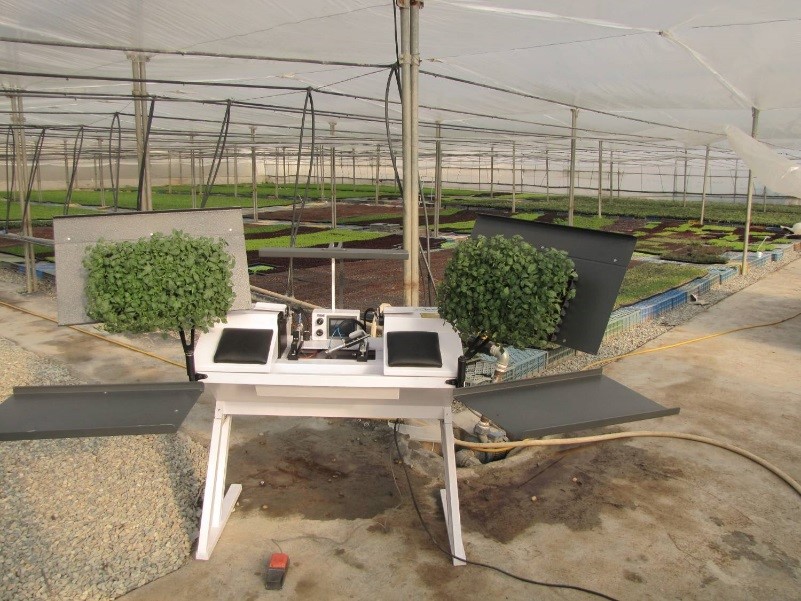
Clips
Normal physical pressure is essential for a successful graft in addition to holding the scion and normal physical pressure is essential for a successful graft in addition to holding the scion and root stock together. TIDAPARS grafting machine can be used with any type of plastic, ceramic, bamboo, etc. clips.
Specifications of TIDAPARS grafting robot:
Simple and quick change of the cutting angle of the blades for a wide range of plant seedlings.
Disinfectant spray to sterilize the blades every time of cutting.
Can be used with any type of clip.
It has flexible grippers and no damage to the crisp stems of the seedlings.
Very fast and accurate operation with only one operator.
Concentrated light option during grafting operation to increase operator accuracy and comfort in TIDAPARS grafting robot.
—
Conclusion
Research on vegetable grafting machines (Grafted transplant machines) has increased. Improvement of grafting quality with high speed and accuracy in grafting, uniformity in cutting angle, reduction of labor costs and no contamination transfer are possible from the conditions of TIDAPARS grafting robot. Easy to use and minimal maintenance cost of this device represents a complete set for the production of grafted seedlings.
Fatemeh safaei- Faegheh osanlou
WWW.TIDAPARS.COM
♦ 09103218554
♦ 09904823436







